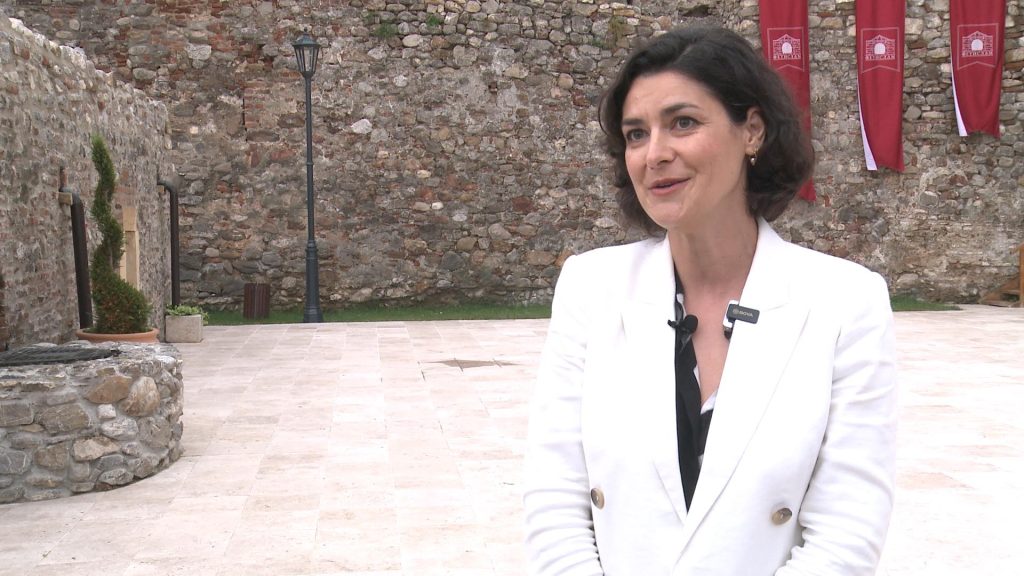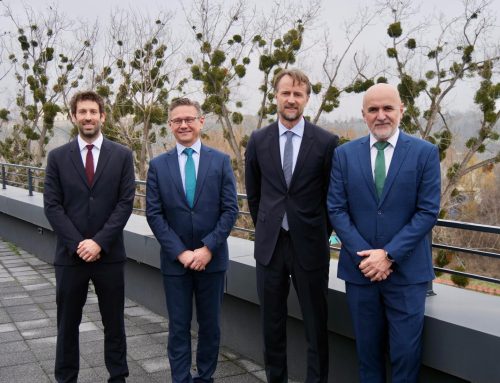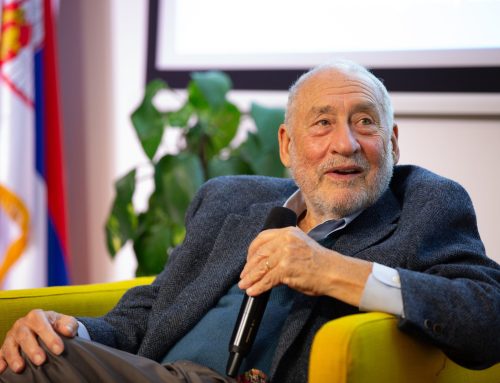Some of the most important cultural heritage sites in Serbia, as well as archaeological sites are located in Eastern Serbia. A significant number of them were renovated or reconstructed with the funds of the European Union and the German Government (GIZ), in order to preserve the cultural heritage of Serbia, as well as certain facilities under the protection of UNESCO. Also, the EU and GIZ have supported a large number of private entrepreneurs involved in tourism, and these grants are aimed at improving the touristic offer of Eastern Serbia and creating related jobs.
That is precisely why 14 Deputy Heads of EU member states’ missions in Serbia visited the site in this part of Serbia: Lepenski Vir, the newly restored fortress Fetislam in Kladovo, the house of Mokranjac, the Bukovo Monastery and Rajačke Pivnice in Negotin, as well as the Casa DaFin tourist household in Tekija.
After visiting the Fetislam fortress in Kladovo, where the group of diplomats was hosted by the Mayor of the municipality Saša Nikolić, the Deputy Head of the EU Delegation to Serbia Plamena Halacheva said: “We did not come to Eastern Serbia by chance, we wanted the focus of the visit to be cultural heritage, which, as we believe, is part of our common past, and I am convinced, also of our common future. By visiting sites from Lepenski Vir to the restored Fetislam fortress, we have covered about ten thousand years of both Serbian and European history, and we will continue to support this region with the European Union funds.”
The Mayor of Kladovo, Saša Nikolić, emphasized that without the EU funds, the restoration of Fetislam, as well as numerous other projects, would not be possible. He added that the strong support of the line ministry also contributed to the realization of all projects.
On the second day of the visit, the group of diplomats visited the House of Mokranjac in Negotin, which is also a kind of museum dedicated to the great Serbian composer, and which, thanks to grants from the “EU for Cultural Heritage and Tourism” project, will receive a modern sanitary block.
The largest infrastructural investment in the municipality of Negotin from this project will include Rajačke pimnice, where around EUR 2.8 million from the same project financed by the EU and co-financed by the Government of Germany will be invested in the introduction of water supply and sewerage and the installation of a new substation, power grid and public lighting and paving of pedestrian paths in the complex of the wine village.
Summarizing her two-day visit to Eastern Serbia, Halacheva said:
“The House of Mokranjac and Rajačke pimnice received funds from the European Union funds.” Specifically here, in Rajačke pimnice, the introduction of water and sewerage will soon begin, which will help the local population to improve their touristic offer and allow visitors to stay overnight here. I would also like to emphasize that financial aid from the EU is not a gift, but an investment in our common future.”
The two-day visit ended in Bor with a tour of the Institute of Mining and Metallurgy. There, the delegation met with the Assistant Mayor of Bor, Nikola Marić, and during a conversation with the representatives of the Institute and a tour of some of the laboratories, they were convinced of the quality of the work and the results of the cross-border cooperation and HORIZON projects. Diplomats also met with representatives of civil society organizations in Bor.
The “EU for Cultural Heritage and Tourism” project is financed by the European Union with EUR 22 million and the German Federal Ministry for Economic Cooperation and Development BMZ with EUR 2.3 million, and it is implemented by the German Agency for International Cooperation GIZ in cooperation with the Serbian Ministry of Tourism and Youth.
The project is focused on eight municipalities of Eastern Serbia and Lower Danube, namely: Smederevo, Požarevac, Kladovo, Negotin, Zaječar, Veliko Gradište, Golubac and Majdanpek, as well as the municipality of Topola in Central Serbia.







